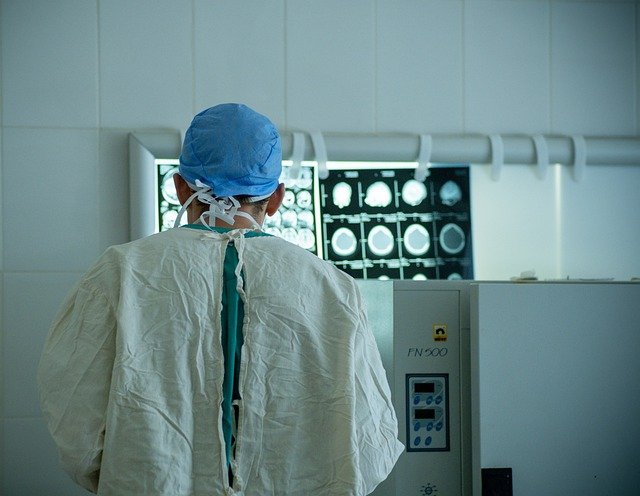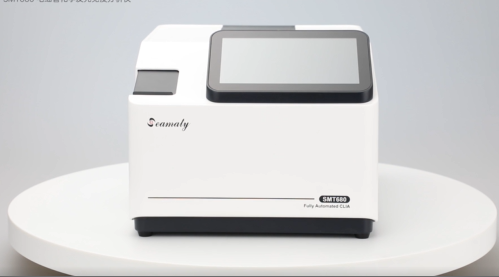release time:2022-02-17 15:51:45

The CT exam does not take particularly long to scan an area, and the scan is usually finished in about 10 minutes after the pose is completed.
More Reading
Why do pets need MRI? - Difference From DR, Ultrasound and CT?

2022-06-17
Dry chemistry analyzers are Point of Care Testing (POCT) devices used to measure various components in a blood sample. The most common use for these analyzers is to measure blood sugar levels, but they can also be used to test for other parameters such as hemoglobin levels and potassium levels.

2022-04-08
Commonly used in vitro diagnostic devices include biochemical analyzers, chemiluminescent immunoassay analyzers, blood cell analyzers, coagulation analyzers, urine dry chemistry analyzers, urine organic fraction analyzers, glucose meters, flow cytometry analyzers, etc.

2021-12-17
The liver, located at the diaphragm, is one of the most important organs in the abdominal cavity. It plays a vital role in maintaining the normal functioning and metabolism of the body, such as 1. aiding digestion (metabolism of fats) 2. synthesis of proteins and hormones.